Air travel wreaks havoc on your skin through cabin pressure changes, recycled air, and dehydration that can leave you looking exhausted before your vacation even begins. The average commercial aircraft maintains humidity levels around 10–20%, compared to the 40–60% your skin needs to stay healthy and hydrated. Understanding how altitude affects your complexion helps you develop strategies that keep you looking fresh, whether you’re flying for two hours or more than 20.
Effective travel skincare starts before you board and continues throughout your journey with targeted products and techniques designed for cramped airplane conditions. Here are 15 routines that frequent flyers swear by for maintaining healthy skin at 35,000 feet.
Pre-Flight Deep Hydration
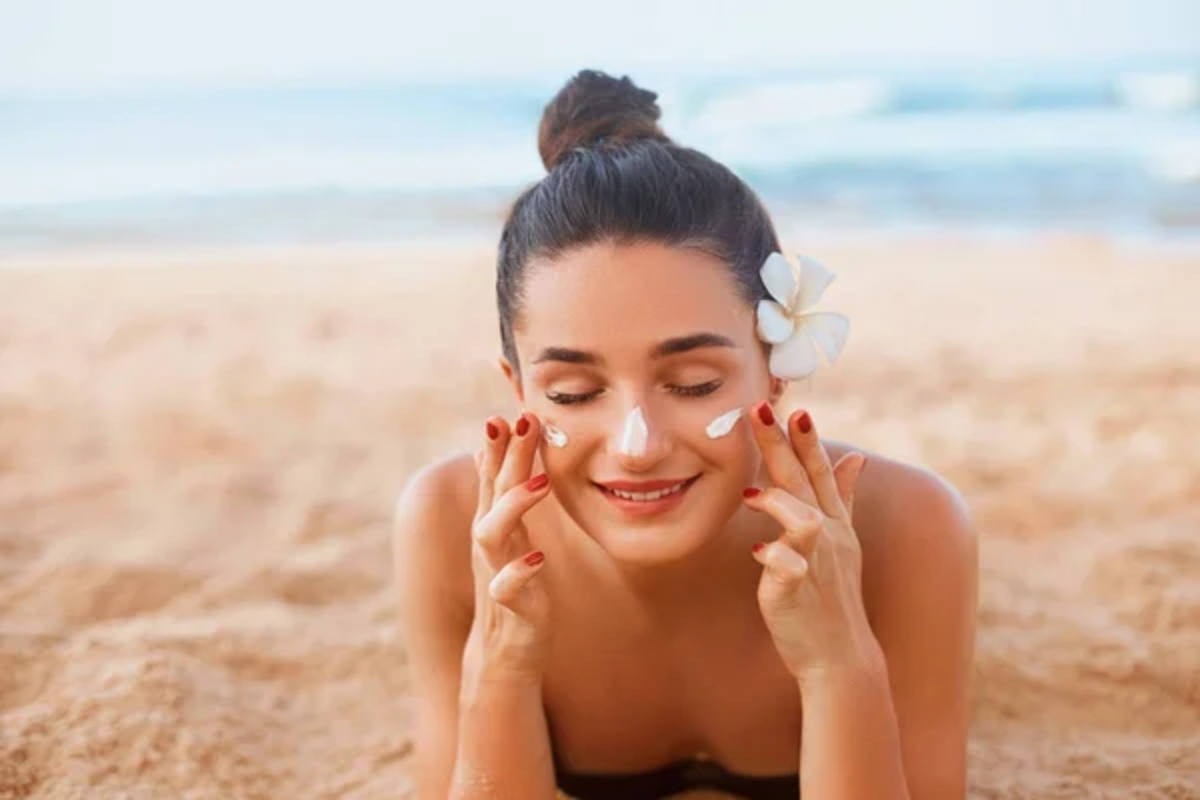
Start preparing your skin 24–48 hours before departure by increasing your water intake and using heavier moisturizers than your normal routine. Before exposing your skin to the dry conditions of pressurized cabins, the objective is to increase its moisture reserves.
The night before your trip, use a hydrating face mask that contains hyaluronic acid and other substances that help your skin cells retain moisture. When flying for more than four hours, when the consequences of dehydration are most visible, this preparation makes a significant impact.
Skip the Makeup

Bare skin breathes better during flights and makes it easier to apply moisturizer and treatments throughout your journey. Foundation and concealer can clog pores when combined with the stress and oil production changes that come with air travel.
If you must wear makeup, choose a tinted moisturizer or BB cream instead of a full-coverage foundation, and avoid powder products that can emphasize dryness. Frequent flyers save their makeup routine for after landing when they’re refreshed and ready to explore their destination.
Like Travel Pug’s content? Follow us on MSN.
Pack Strategic Carry-On Products

TSA (Transportation Security Administration) liquid restrictions limit your options, so choose multipurpose products that maximize your 3-1-1 bag space. A good facial oil can serve as a moisturizer, makeup remover, and hair treatment all in one compact bottle.
Lip balm with SPF protects against both altitude exposure and destination sun, while a hydrating mist refreshes your face without disturbing fellow passengers. Solid cleansers and moisturizer bars bypass liquid restrictions entirely while providing full-size product benefits.
Master the Airplane Bathroom Routine
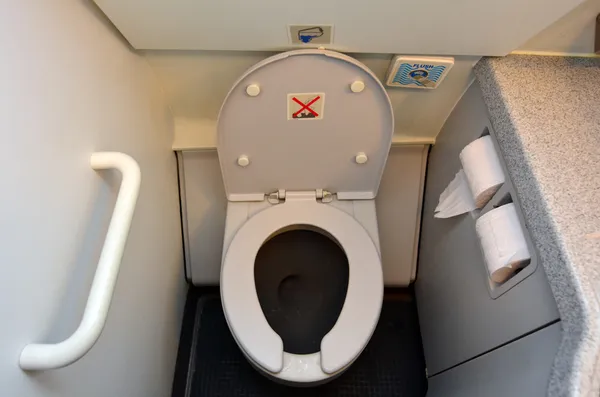
Aircraft lavatories are cramped and often messy, but they’re your best option for mid-flight skincare touch-ups. Bring antibacterial wipes to clean surfaces before placing your products down, and use paper towels to avoid touching faucet handles.
Work quickly and efficiently—other passengers are waiting, and turbulence can strike without warning. A simple routine of gentle cleanser, moisturizer, and lip balm takes less than three minutes but makes a significant difference on long flights.
Drink Water Strategically

The standard advice of drinking eight ounces per hour of flight time can lead to constant bathroom trips without necessarily improving your skin hydration. Instead, focus on steady, consistent intake throughout your journey rather than chugging large amounts sporadically.
Room-temperature water absorbs better for hydration than ice-cold beverages, and adding electrolyte tablets helps your body retain moisture more effectively. Avoid alcohol and excessive caffeine, which compound dehydration effects and can trigger breakouts in sensitive skin.
Like Travel Pug’s content? Follow us on MSN.
Use Overnight Treatments on Red-Eyes

Long nighttime flights provide perfect opportunities for intensive skincare treatments that would be impractical during daytime travel. Apply a thick layer of overnight moisturizer or sleeping mask before settling in for sleep, giving your skin hours to absorb beneficial ingredients.
Face oils work particularly well during overnight flights, as you don’t need to worry about shine or makeup application upon landing. Just remember to cleanse thoroughly when you wake up to remove any residue before starting your destination skincare routine.
Protect Against UV Exposure

Airplane windows don’t block all UV radiation, and you’re significantly closer to the sun at cruising altitude than on the ground. Window seat passengers should apply SPF before boarding, especially on daytime flights over multiple time zones.
Unknown to many tourists, the combination of altitude and cloud-reflected light intensifies UV exposure. To simplify your routine and provide protection during your trip, pick a moisturizer with an SPF built in.
Manage Oil Production Changes
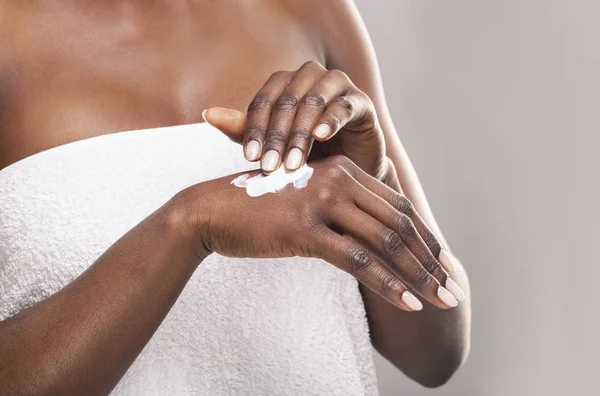
Cabin pressure and stress can trigger increased oil production in some travelers while causing excessive dryness in others. Monitor how your skin responds during the first few hours of flight and adjust your routine accordingly.
Blotting papers handle excess oil without disturbing moisturizer underneath, while facial mists can refresh dry patches without requiring a full reapplication of products. Understanding your skin’s fight-or-flight response helps you pack the right products for your specific needs.
Like Travel Pug’s content? Follow us on MSN.
Combat Puffy Eyes
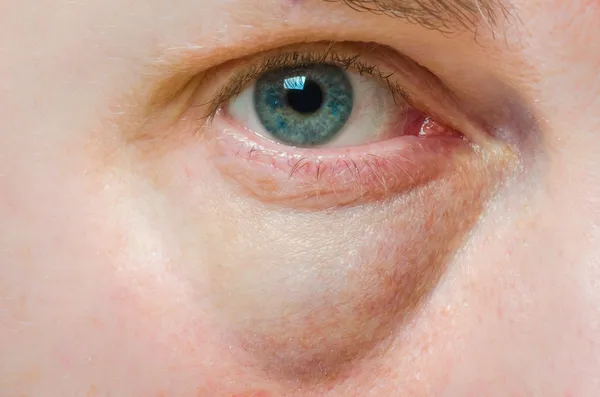
Poor circulation during long periods of sitting, combined with dehydration and disrupted sleep, often results in under-eye puffiness that makes you look tired upon arrival. Caffeine-based eye creams help reduce swelling, while cool compresses using wet paper towels provide immediate relief.
Elevating your head with extra pillows during sleep portions of flights reduces fluid accumulation around your eyes. Gentle massage with clean fingers also improves circulation and reduces puffiness naturally.
Handle Breakout Prevention

The combination of stress, irregular eating, and touching your face more frequently during travel can trigger breakouts even in normally clear skin. Pack spot treatments with salicylic acid or benzoyl peroxide for emergency use, but introduce them gradually if they’re not part of your routine.
Changing pillowcases immediately upon reaching your destination removes accumulated oils and bacteria from travel. Hand sanitizer before touching your face prevents transferring germs from airplane surfaces to your skin.
Address Sensitive Skin Needs

Travelers with sensitive skin should stick closely to their established routines rather than experimenting with new products during travel stress. Pack familiar products in travel sizes rather than trying hotel samples or duty-free purchases that might cause reactions.
Fragrance-free and hypoallergenic options work best in the dry airplane environment, where skin barriers are already compromised. If you do experience irritation, cool water compresses and gentle moisturizers usually provide relief until you can access your regular products.
Like Travel Pug’s content? Follow us on MSN.
Time Your Routine With Flight Phases

The most critical skincare moments occur during takeoff, mid-flight, and the final approach when cabin pressure changes are most dramatic. Apply moisturizer during takeoff, as humidity levels begin to drop significantly.
Mid-flight touch-ups every 3–4 hours to maintain hydration without overdoing product application. The descent phase offers your last chance to refresh before landing, when you’ll want to look your best for customs and ground transportation.
Prepare for Destination Climate

Research your destination’s weather and adjust your in-flight routine to prepare for the climate change you’ll experience upon landing. Flights to humid destinations require lighter moisturizers that won’t feel heavy in tropical air, while trips to dry climates need intensive hydration that continues working after you deplane.
Consider the season at your destination—winter arrivals need different preparation than summer ones, regardless of your departure climate.
Pack Recovery Products
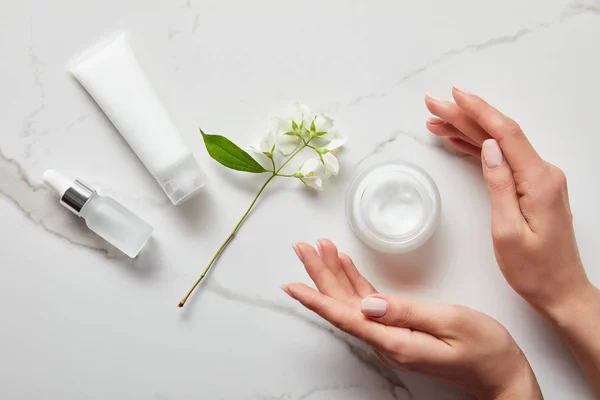
Your post-flight skincare routine is just as important as your in-flight maintenance for recovering from travel stress. Pack a gentle exfoliant to remove dead skin cells that accumulate during long flights, followed by intensive moisturizing treatments to restore your skin barrier.
Sheet masks work excellently for post-flight recovery, providing concentrated hydration and nutrients that reverse travel damage quickly. Many travelers find that their skin looks better 24 hours after landing if they prioritize recovery treatments immediately upon arrival.
Like Travel Pug’s content? Follow us on MSN.
Develop Your Protocol
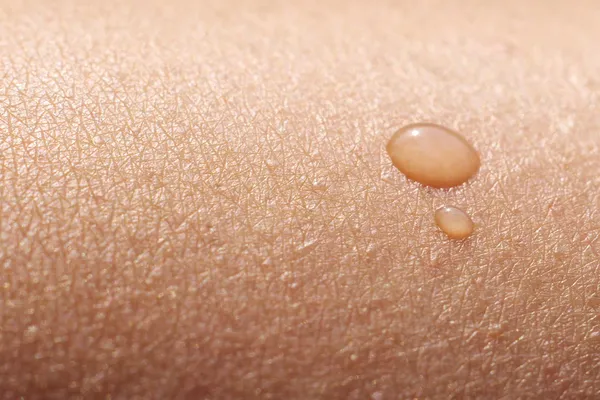
Everyone’s skin responds differently to air travel, so developing your personalized routine requires experimentation over multiple trips. Keep notes about which products work best on different flight lengths and routes, as factors like cabin age, airline humidity systems, and flight times all affect your skin differently.
Some travelers find their skin improves with certain airlines or aircraft types, while others notice seasonal variations in their travel skincare needs.
Skin Health Above the Clouds

The key to great travel skincare lies in understanding that airplane conditions are temporary but extreme, requiring adjustments to your normal routine rather than complete overhauls. Consistency matters more than complexity—simple routines executed properly throughout your journey deliver better results than elaborate treatments applied sporadically.
Your skin will thank you for the extra attention, and you’ll arrive at your destination looking refreshed and ready for whatever adventures await.
More from Travel Pug

- 20 Best Beach Towns in the Carolinas
- 13 Destinations Where Tourists Regularly Regret Their Trip
- 20 Things You Actually Get in First Class
- 20 Small Airports With Aviation Museums
- 20 Places in the U.S. That Are Perfect for a Reset Trip
Like Travel Pug’s content? Follow us on MSN.
